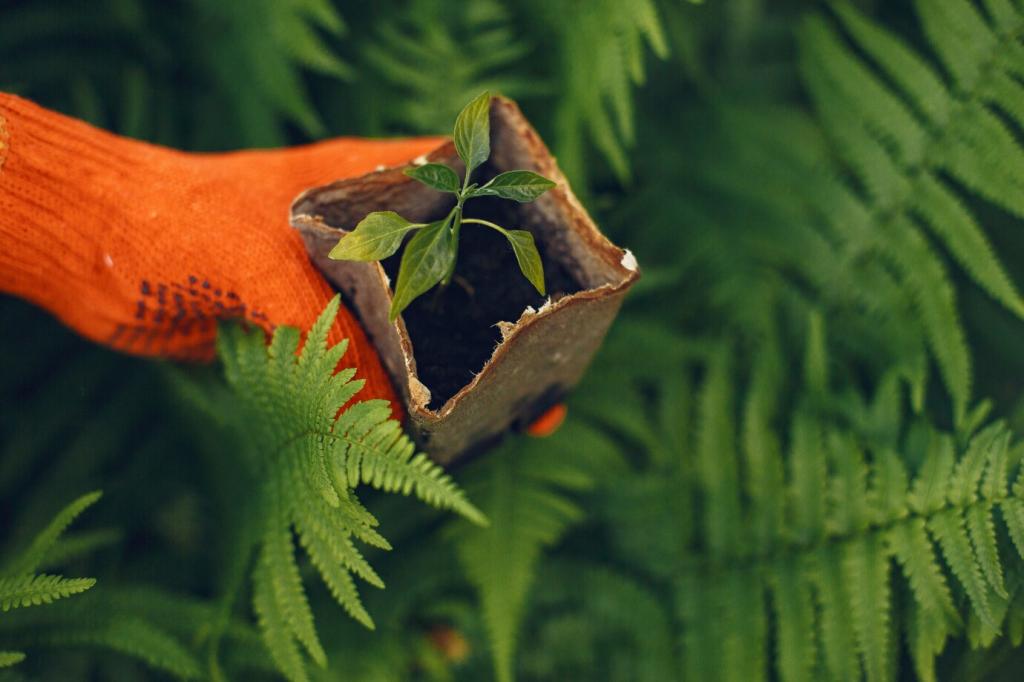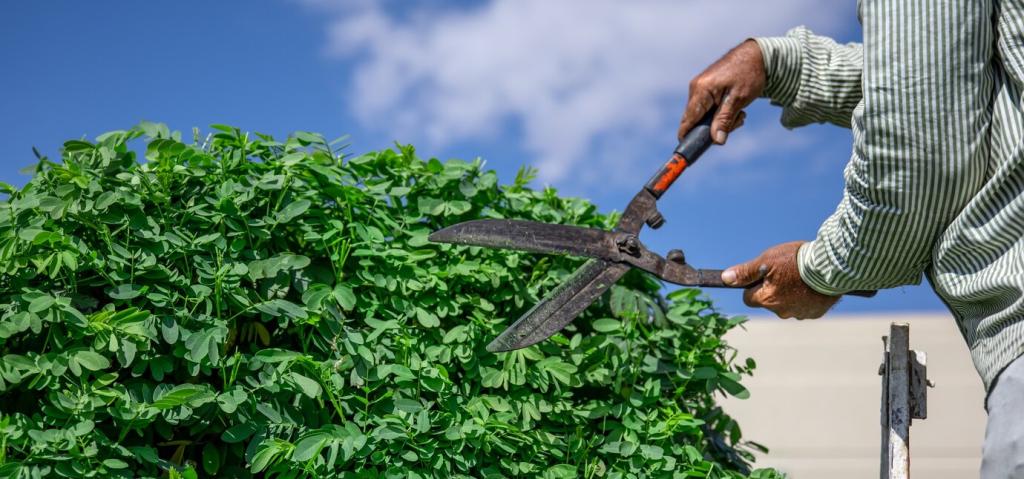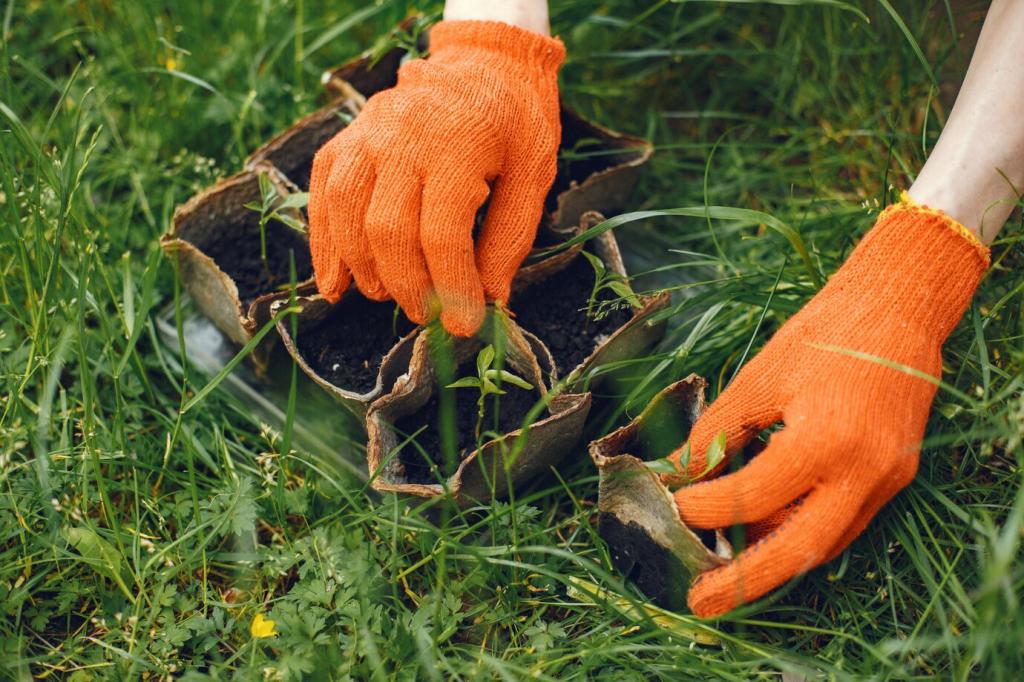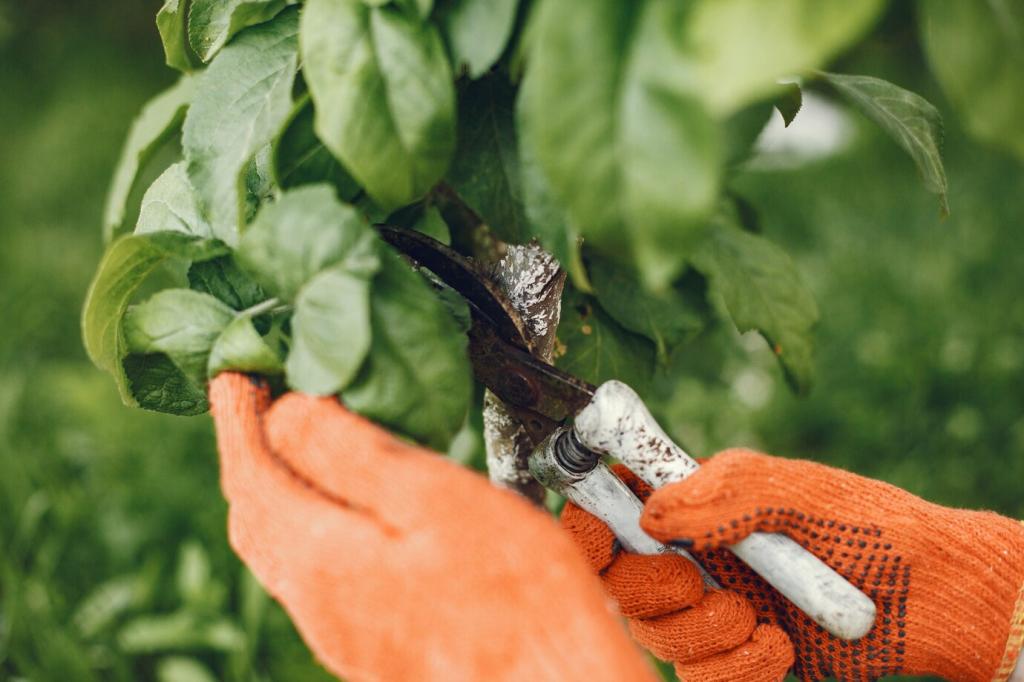Office Plant Care: Maintaining a Healthy Environment
Office plant care goes far beyond aesthetics; it’s about fostering a workspace that promotes well-being, productivity, and positive energy. Plants can purify air, reduce stress, and boost morale—qualities essential for a thriving office. However, maintaining healthy plants requires thoughtful attention, the right environment, and ongoing care routines. This guide covers everything you need to know to nurture your office plants and create an inviting, rejuvenating environment for everyone.



Watering Strategies for Optimal Growth
Proper watering remains the cornerstone of effective plant care. Both overwatering and underwatering present significant risks, resulting in wilting, yellowing, or root rot. Start with a general understanding of the needs of each plant species—while some require consistently moist soil, others prefer to dry out between waterings. Observe the soil moisture regularly by touch or using inexpensive moisture meters to avoid guesswork. Try to maintain a regular watering schedule, factoring in seasonal variations in temperature and humidity. By devoting a few minutes a week to watering tasks, you ensure that your plants remain resilient and vibrant throughout the year.
Monitoring Light and Rotating Plants
Office environments often have static layouts, but light levels can change with the seasons or as office furniture is rearranged. Keep a close eye on how light falls on your plants throughout the day and move them as needed. Rotating plants every couple of weeks also encourages even growth, preventing them from leaning or becoming leggy. Evaluate if your plants are receiving indirect or direct sunlight as required, and use blinds or sheer curtains to filter light if it becomes too intense. This attentiveness not only strengthens your plants but also demonstrates overall care for your shared workspace.
Pruning, Cleaning, and Fertilization
Pruning your office plants is essential for controlling growth and removing dead or diseased foliage, which can otherwise harbor pests or encourage rot. Clean the leaves regularly with a damp cloth to remove accumulated dust and allow the plant to breathe properly. This also helps maintain an attractive appearance. Don’t neglect fertilization—periodic feeding with the right type of plant food replenishes nutrients depleted from the soil, helping your plants to flourish. These small, regular acts of care keep your office plants vibrant, healthy, and beautiful all year round.

Early detection of plant health issues can make the difference between rescue and irreparable decline. Learn to recognize common symptoms like drooping leaves, brown edges, discoloration, or spots on foliage—these could signal anything from overwatering to fungal infections. Watch for stunted growth or the sudden appearance of pests such as aphids or spider mites, which can spread rapidly in office environments. Inspect your plants regularly and consult care guides or experts if warning signs appear, ensuring prompt corrective action saves the plant and prevents potential spread to others.

Offices, with their regulated temperatures and stable humidity, can unfortunately create ideal conditions for common houseplant pests. Preventive action is your first line of defense. Quarantine any new plants before adding them to shared spaces and inspect leaves regularly for insects or eggs. If an infestation occurs, address it promptly using appropriate methods—whether natural remedies like neem oil or carefully selected systemic treatments. A vigilant and responsive approach ensures the ongoing health of your office greenery and maintains a welcoming environment for everyone in the workspace.

Offices sometimes provide inconsistent growing conditions such as fluctuating temperatures from air conditioning, dry air from heating systems, or drafts near windows and doors. These stressors can weaken plants, making them susceptible to disease. Try to place plants away from direct drafts or heat sources and use humidity trays or small humidifiers in especially dry environments. By actively managing these factors and observing how your plants react, you can create microclimates that support robust growth and minimize environmental stress throughout the year.
Join our mailing list
